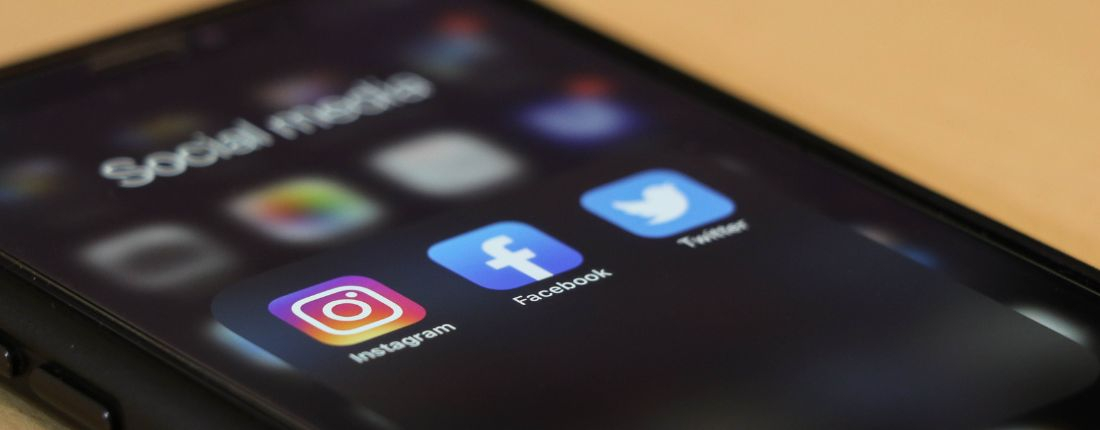Shortly after Twitter announced Twitter Blue, an $8 dollar a month subscription plan to enhance your Twitter experience, Meta said it will experiment with its own subscription plan. Starting at $12 a month, you’ll get increased visibility on Instagram and Facebook, more protection and easier access to customer support . . . if you’re willing to pay.
“This new feature is about increasing authenticity and security across our services,” wrote Meta CEO Mark Zuckerbeg in an announcement on the Meta news page.
It’s similar to Elon Musk’s Twitter Blue service that recently relaunched, which offers perks like a blue verified check mark (a once free feature reserved for the notable and famous) and the ability to edit your tweets, for $11 a month. It’s not just a blue check mark that users are paying for, but also a security feature that has become standard for various online accounts: from late March, non-Blue users will no longer have access to Twitter’s two-factor authentication via text message system.
What these Changes Mean for Your Radio Station Today
For now, everyone will still be able to use the Meta family of apps without paying. These services seem to be targeting content creators, with a growing following, who may want the extra security. Businesses are not eligible to apply for Meta Verified at this time.
If your radio station has a Twitter account which is not part of the Twitter Blue service, you may want to consider disabling the platform’s two-factor authentication via the test message system. If you don’t disable the feature, you may be logged out of your account after March 20).
What Your Radio Station Should be Doing
As Lori Lewis, President of Lori Lewis Media and contributing writer to All Access points out, “If you’re serious about being a social brand, you should be hacking your way along every day – developing fundamentals that make you unforgettable. You should be evolving with different content forms and showcasing your brand’s values, proving its usefulness, and serving the audience through studying content and acknowledgement.”









